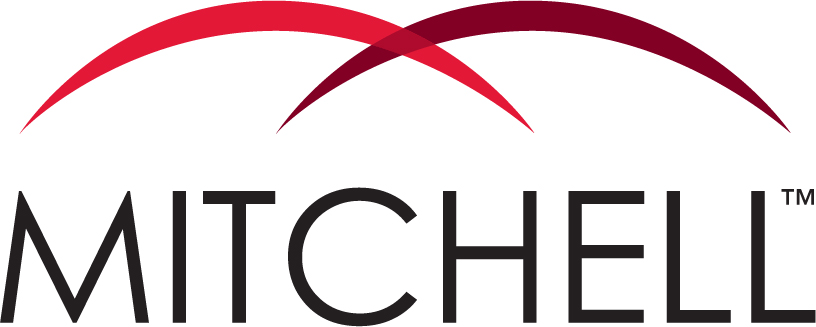- AceMitchell Collection
- AllieMitchell Collection
- ArborNetZero
- AspireSta-Kleen Silicone
- AuroraSta-Kleen PC
- BelmontMitchell Collection
- BighornEz-Kleen
- BirkinNetZero
- Block PrintSta-Kleen Silicone
- BloomSta-Kleen Silicone
- BowaEz-Kleen
- BubbleSta-Kleen PU
- BurlapNetZero
- ButteSta-Kleen PC
- CanyonMitchell Collection
- ComposeSta-Kleen Silicone
- CoronadoEz-Kleen
- CowboyMitchell Collection
- Crazy HorseMitchell Collection
- CreteEz-Kleen
- CrockMitchell Collection
- DavisSta-Kleen PC
- DoraMitchell Collection
- ElioMitchell Collection
- EllipseSta-Kleen Silicone
- EmuMitchell Collection
- EnrichSta-Kleen Silicone
- EnzoMitchell Collection
- EvergreenNetZero
- FleurSta-Kleen Silicone
- GilaEz-Kleen
- HarmonySta-Kleen PU
- HaydenSta-Kleen Silicone
- HighwoodSta-Kleen PU
- HudsonSta-Kleen PU
- HydeSta-Kleen Silicone
- IberiaEz-Kleen
- IllusionMitchell Collection
- JasperEz-Kleen
- LaredoMitchell Collection
- LexiMitchell Collection
- LinNetZero
- Lino CirclesSta-Kleen Silicone
- LodgeSta-Kleen PU
- Lone StarMitchell Collection
- LuxuryMitchell Collection
- MagicMitchell Collection
- MatrixSta-Kleen PC
- NubuckSta-Kleen PC
- OracleEz-Kleen
- OutbackMitchell Collection
- ParisSta-Kleen PC
- PatinaSta-Kleen PC
- PaysonSta-Kleen PU
- RidgeMitchell Collection
- SerendipitySta-Kleen Silicone
- ShannonSta-Kleen PC
- SilexSta-Kleen Silicone
- SolanaEz-Kleen
- SongSta-Kleen Silicone
- SparkSta-Kleen Silicone
- SparkySta-Kleen Silicone
- SpartaEz-Kleen
- SplendidMitchell Collection
- TopoSta-Kleen Silicone
- ToulouseSta-Kleen PC
- TucsonSta-Kleen PU
- UlsterSta-Kleen PC
- ValenciaEz-Kleen
- VernonMitchell Collection
- WendSta-Kleen Silicone
- Wicker ParkMitchell Collection
- WranglerMitchell Collection
Faux Leather ViewPoint
Faux Leather ViewPoint, researched and written by The Mitchell Group, can help decipher the nuances of coated fabrics for designers, specifiers and other-decision makers. If you have a specific topic you would like to see us discuss, please contact us. We welcome the opportunity to use our expertise to educate and enlighten you.
Polyvinyl Chloride - Vinyl Synthetic Leather
Mar 27, 2017, 11:07
by
Jim Blesius
Polyvinyl chloride, better known as PVC or vinyl, is a plastic so versatile it has become completely pervasive in modern society. The list of products made from PVC is exhaustive, ranging from pipes to flooring, window frames, rain gutters, garden furniture, and automotive parts. When softened with plasticizers, PVC is used to make medical devices, cling film, raincoats, credit cards, plastic bags and in the textile industry -- synthetic leather.
Polyvinyl chloride is an odorless and solid thermoplastic made of 57% chlorine (developed from industrial grade salt) and 43% carbon (predominately from oil/gas via ethylene). Recycled PVC is broken down into small chips, impurities removed and the product refined to make pure white PVC. It can be recycled roughly seven times and has a life span of around 140 years.
PVC is made softer and more flexible by the addition of plasticizers which also dramatically improves the performance characteristics. The most common plasticizers are derivatives of phthalic acid. Phthalates do not have a chemical bond with the PVC polymer, which makes them highly susceptible to leaching which can result in chemical gases being released into the air. Studies indicate that this off gassing of additives may contribute to health complications including reproductive and developmental toxicants. Recent technological advancements in the manufacturing process has made it possible to create plasticizers containing few, if any, of the most common and dangerous phthalates.
Plasticizers are selected based on their compatibility with the polymer, low volatility levels, and cost. Ninety percent of the plasticizer market, estimated to be millions of tons per year worldwide, is dedicated to PVC.
As PVC is heated to soften during the extrusion or molding process, the addition of a stabilizer (metal compounds) is essential to prevent the elimination of hydrogen chloride and the chain reaction of decomposition. Stabilizers can have an important influence on the physical properties of the PVC including enhanced resistance to daylight, weathering and heat aging.
Lead was once a prevalent stabilizer. Lead-based systems are being phased out and are being replaced by calcium-zinc, barium-zinc and potassium-zinc compounds. These new stabilizer systems have low toxicity or are regarded as non-toxic.
Apart from the type of raw materials that are used in production, the manufacturing process creates the main differences of vinyl films used in coated fabrics. Vinyl films can either be made by calendaring or by casting. Each of these processes renders different qualities of films. Cast vinyl films are formed by taking liquid PVC, with a solvent suspended in the mixture, and then pouring it onto a casting sheet. The mixture is heated and the solvent is dried out of the mixture, leaving a layer of cast vinyl film to cool. The film is then wound up in large-diameter rolls for subsequent adhesive coating. The casting sheet determines the texture of the film.
Calendared vinyl films are formed from an older process of taking a dough-like material consisting of PVC, pigments, plasticizer and stabilizer, mixing them in an extruder and then rolling it through polished heated rollers which stretches the material to the proper thickness. The film is then fused to a polyester backing. The process is completed when the material is given a gloss, matte or embossed finish.
Vinyl is a prominent coated fabric in the textile industry. Vinyl fabrics are used for furniture upholstery, transportation seating, wall coverings, etc. Because of its inherent strength, durability and resistance to moisture, vinyl is particularly popular in commercial environments. Vinyl-based products are cost-oriented alternative to polyurethane coated fabrics, at a fraction of the cost of real leather.






